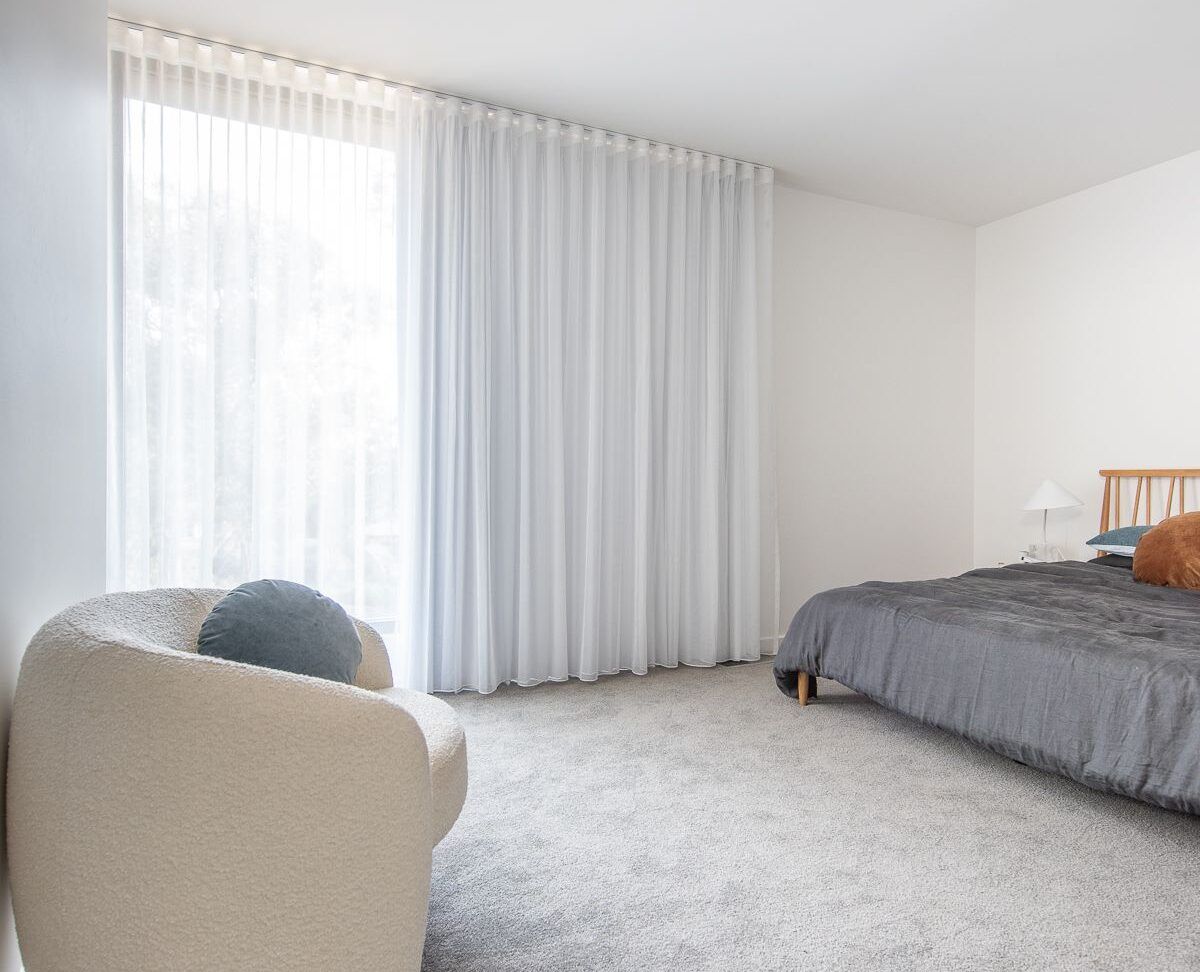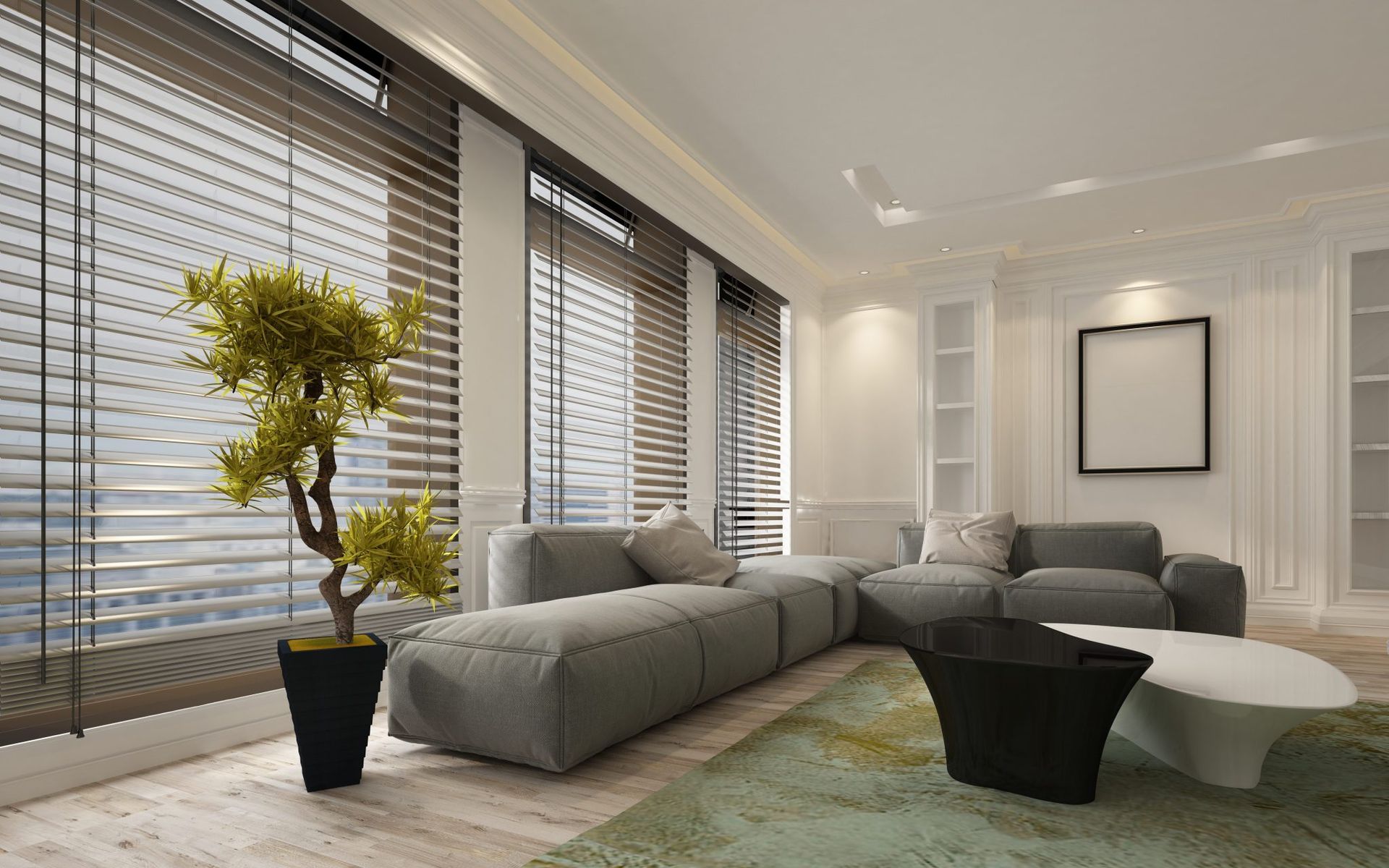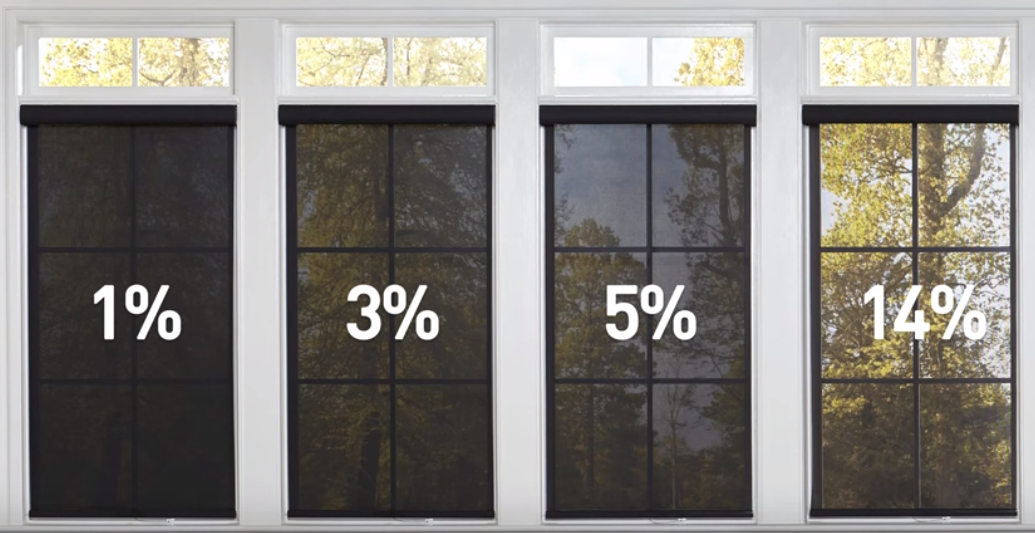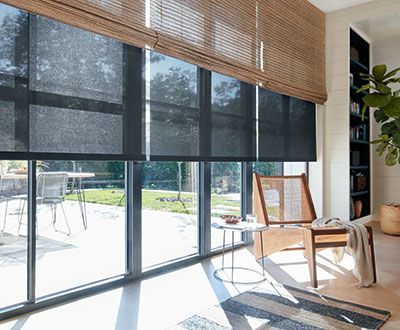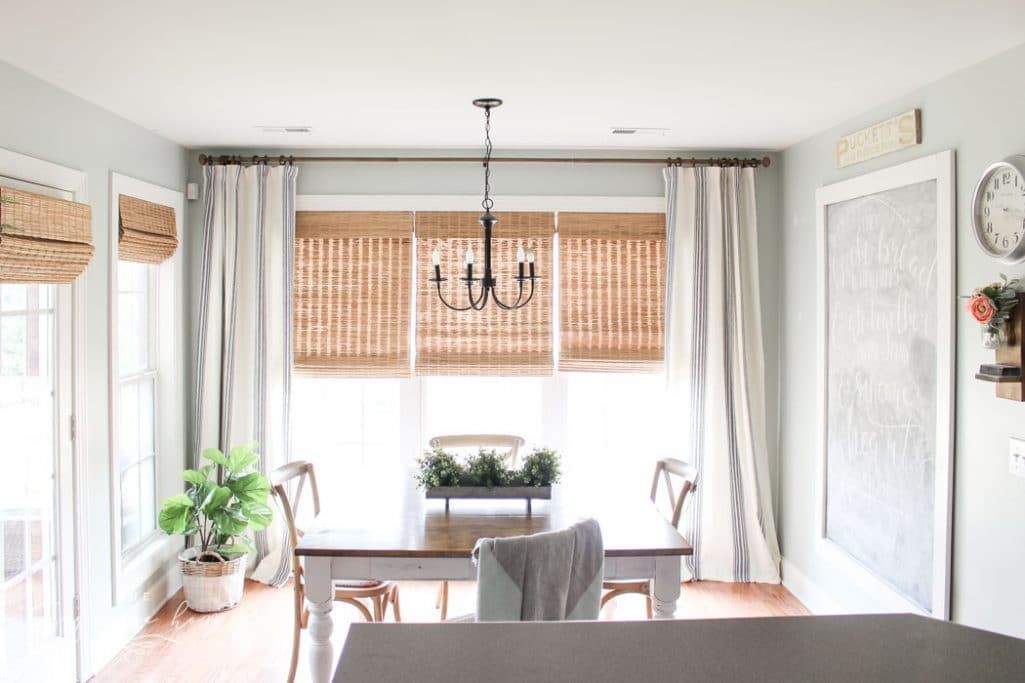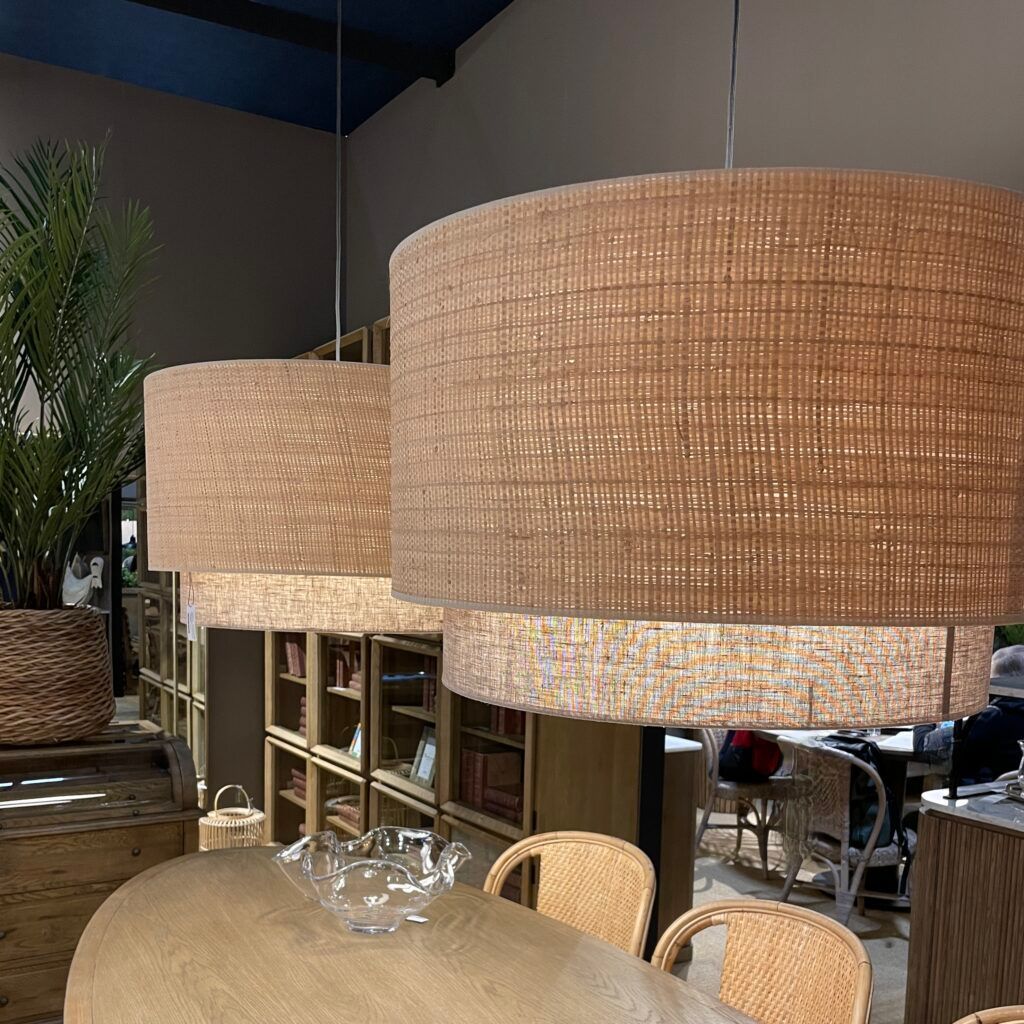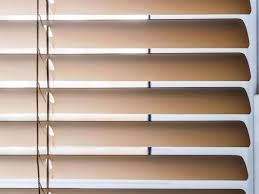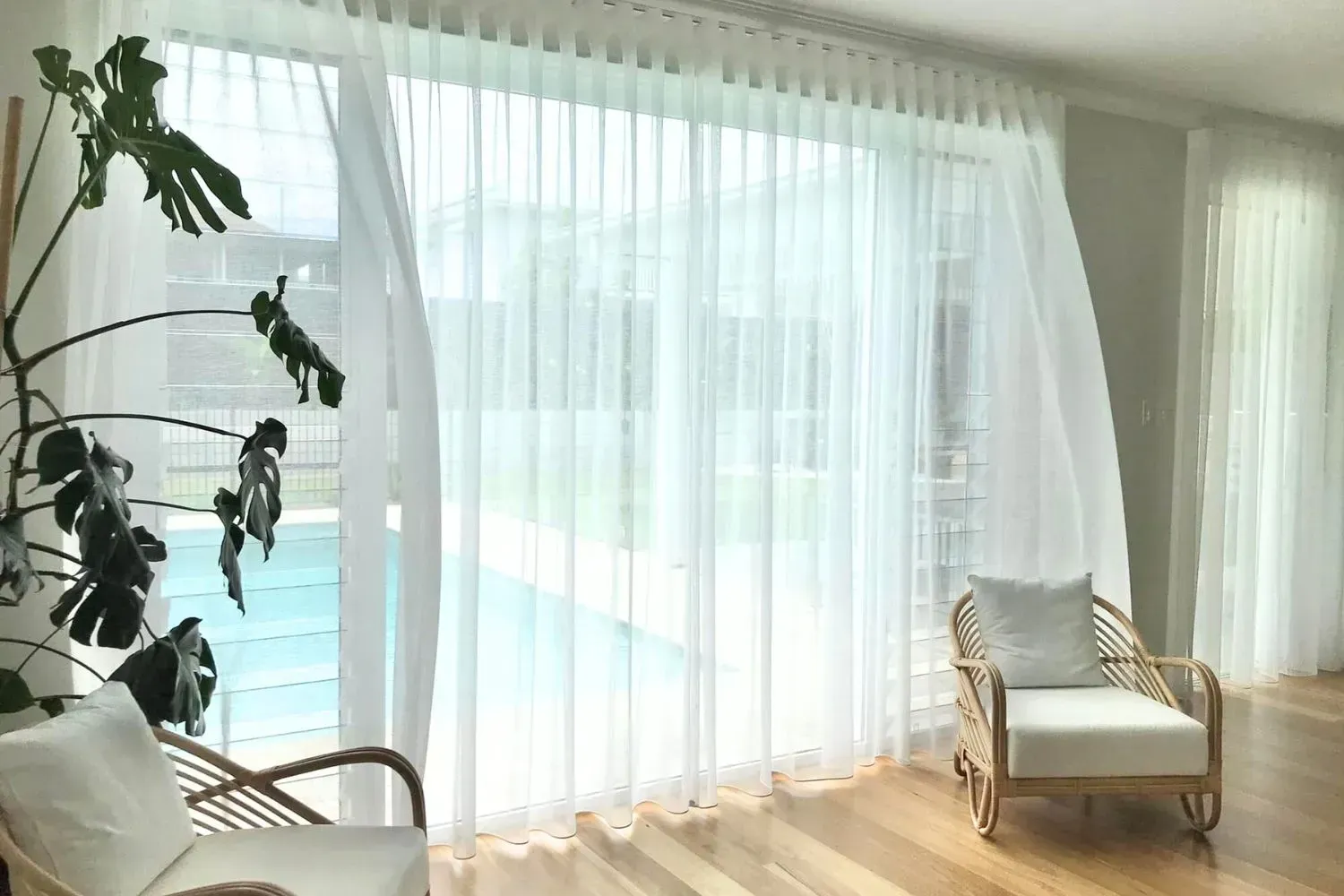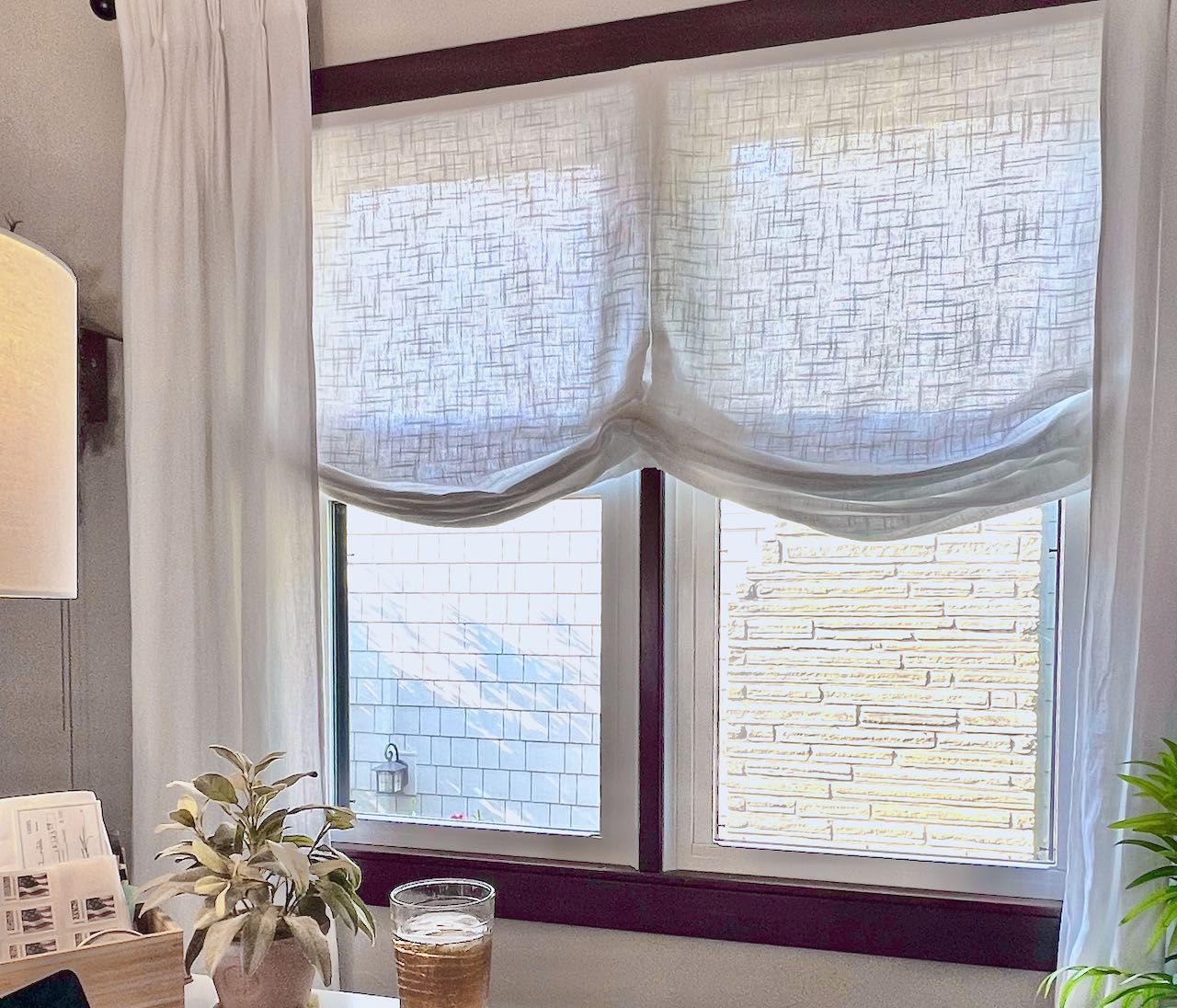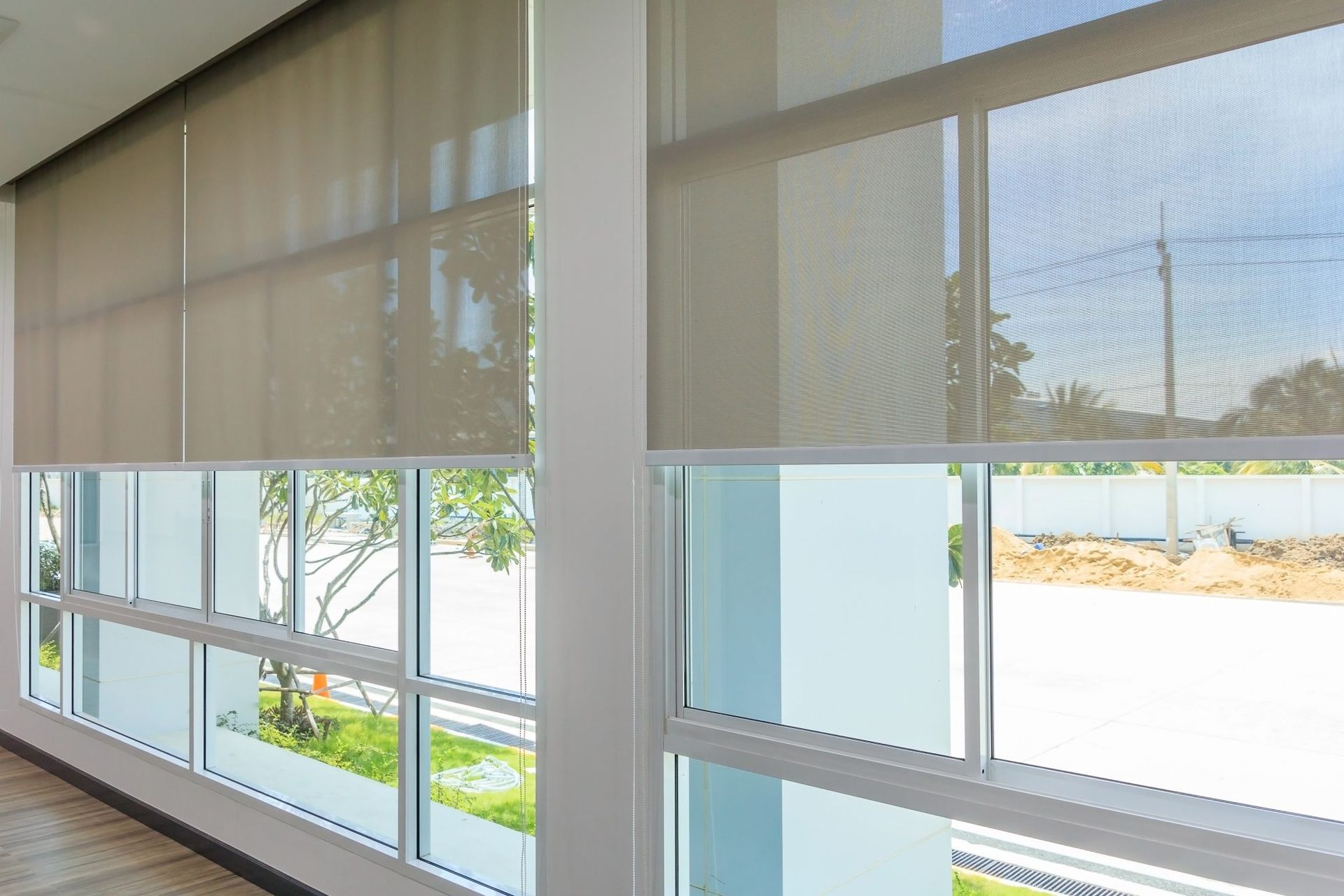How Do I Prevent My Window Treatments from Fading Over Time?
Window treatments are an essential aspect of home decor, adding elegance and personality while controlling light and privacy. However, prolonged exposure to sunlight often leads to fading, diminishing their beauty and longevity. Preventing your window treatments from fading isn’t just about aesthetics; it’s a practical step to protect your investment and maintain the overall appeal of your living space.
Understanding the Causes of Fading
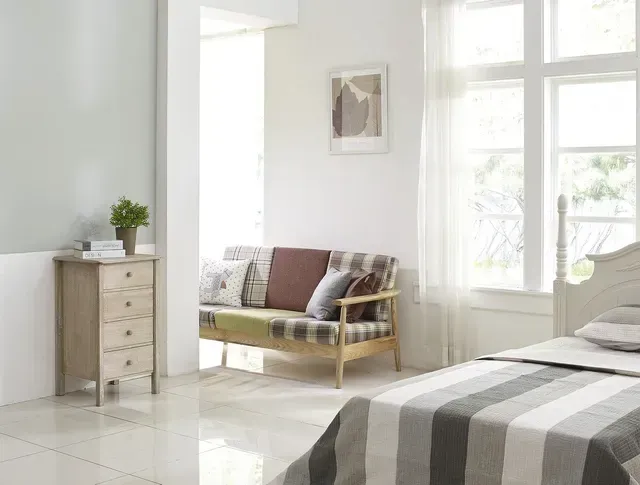
Ultraviolet (UV) Radiation
UV rays are the primary culprit behind fabric fading. These invisible rays penetrate through windows, breaking down dye molecules and weakening fabric fibers over time. The constant exposure accelerates the deterioration process, leading to unsightly discoloration.
Heat and Infrared Radiation
Heat generated by sunlight also contributes to fading. Infrared radiation increases the temperature of fabrics, causing them to dry out, crack, and lose their vibrant colors.
Visible Light Exposure
Even the visible spectrum of sunlight affects your window treatments. The intensity and prolonged exposure to light create a bleaching effect, making vibrant colors appear dull and lifeless.
Material Quality and Environmental Factors
The type of fabric used and its quality play significant roles in how quickly fading occurs. Natural fibers, like cotton and silk, are more prone to fading compared to synthetic blends. Additionally, environmental factors like humidity and air pollution can exacerbate the problem.
Effective Strategies to Prevent Fading
Install UV-Blocking Window Films
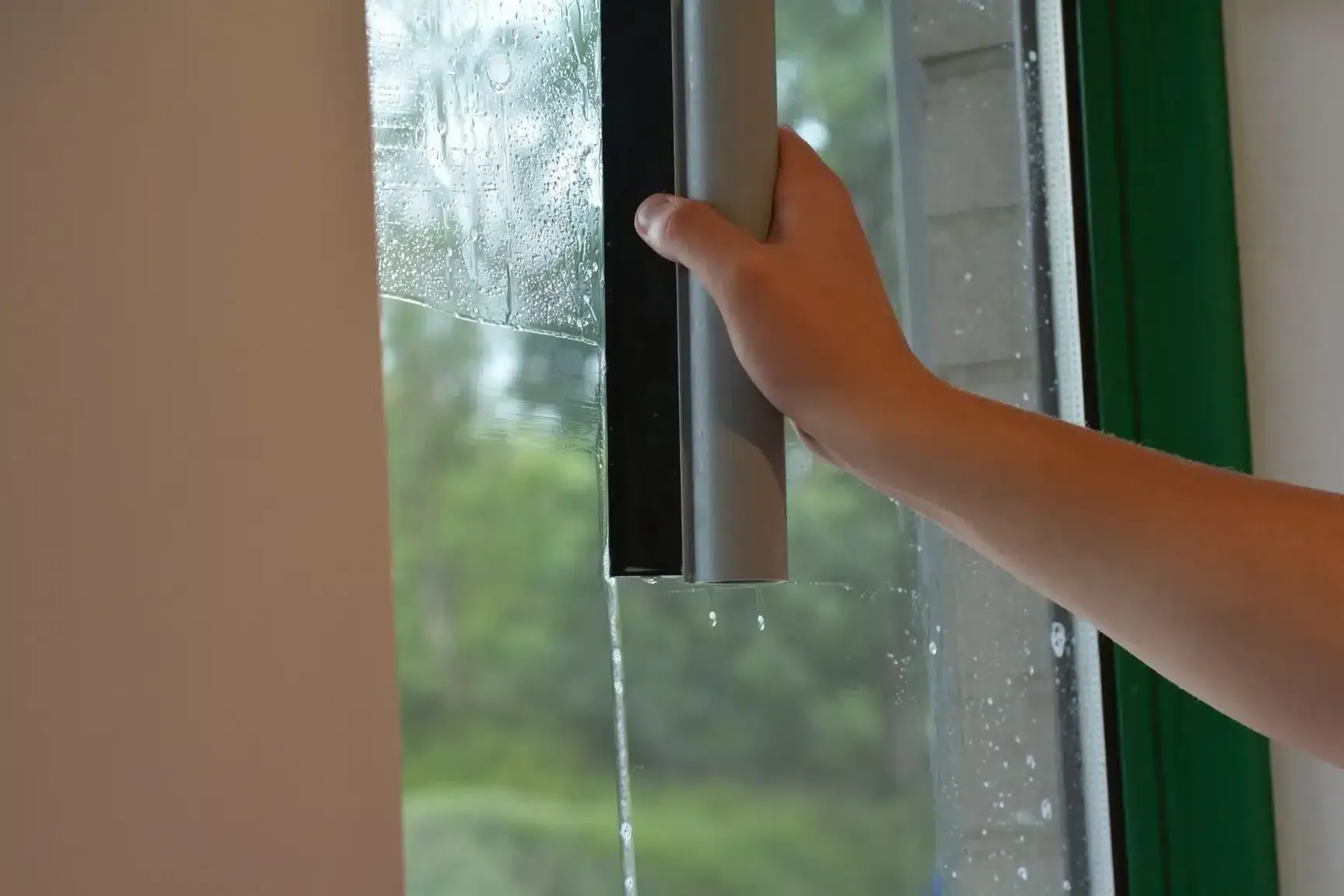
UV-blocking window films are a game-changer in protecting your window treatments. These films block up to 99% of harmful UV rays, significantly reducing the risk of sun damage. For more
UV Protection Tips, explore additional strategies to safeguard your home from sunlight. They’re easy to install and allow natural light to filter through without compromising protection.
Use Protective Window Treatments
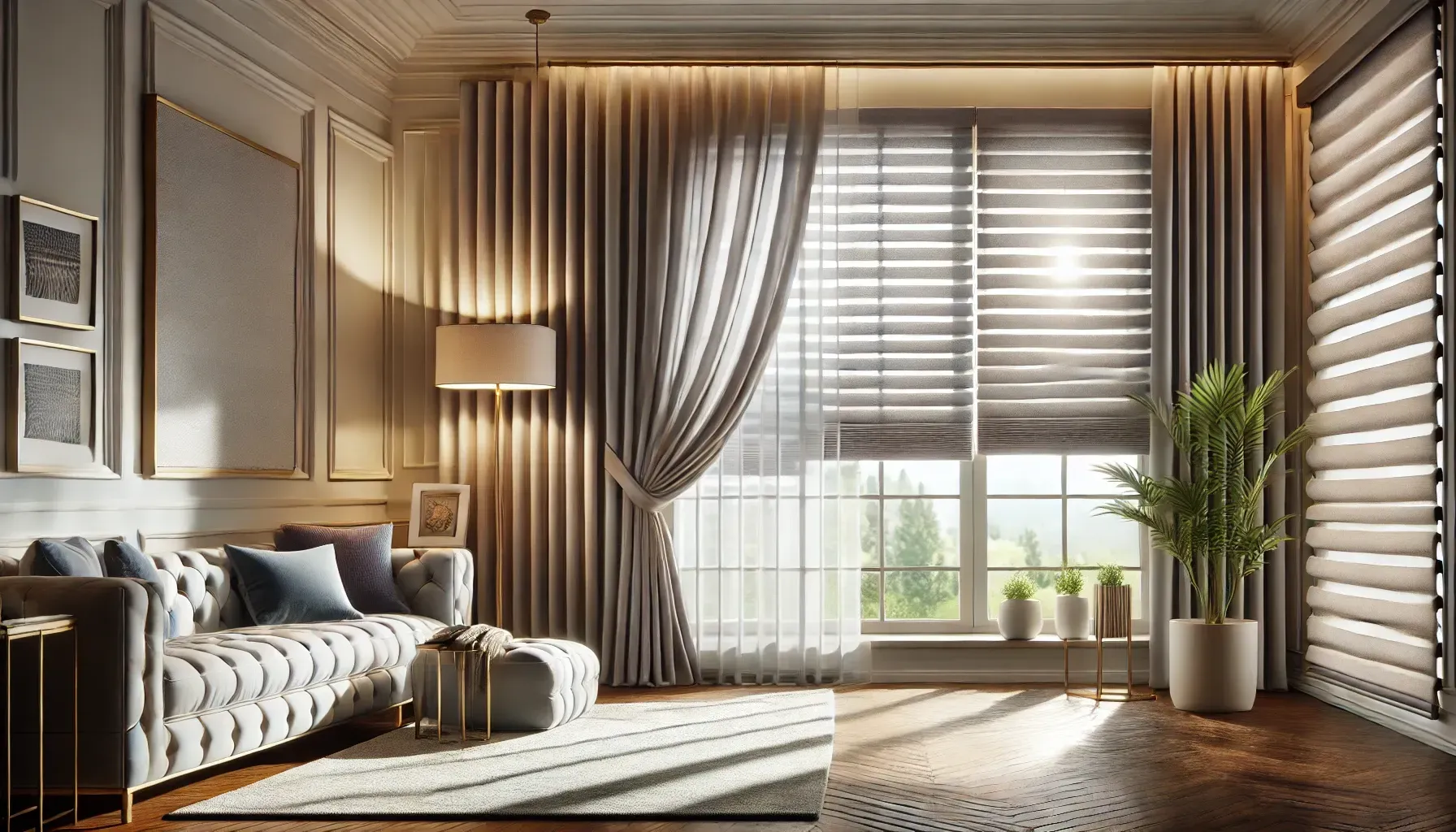
Investing in sun-blocking shades, blinds, and lined draperies can be a highly effective way to prevent fading. Modern solutions like cellular shades and roller blinds with UV-resistant coatings provide an added layer of protection. These options not only shield your window treatments but also enhance energy efficiency by keeping your home cooler.
Regular Maintenance and Care
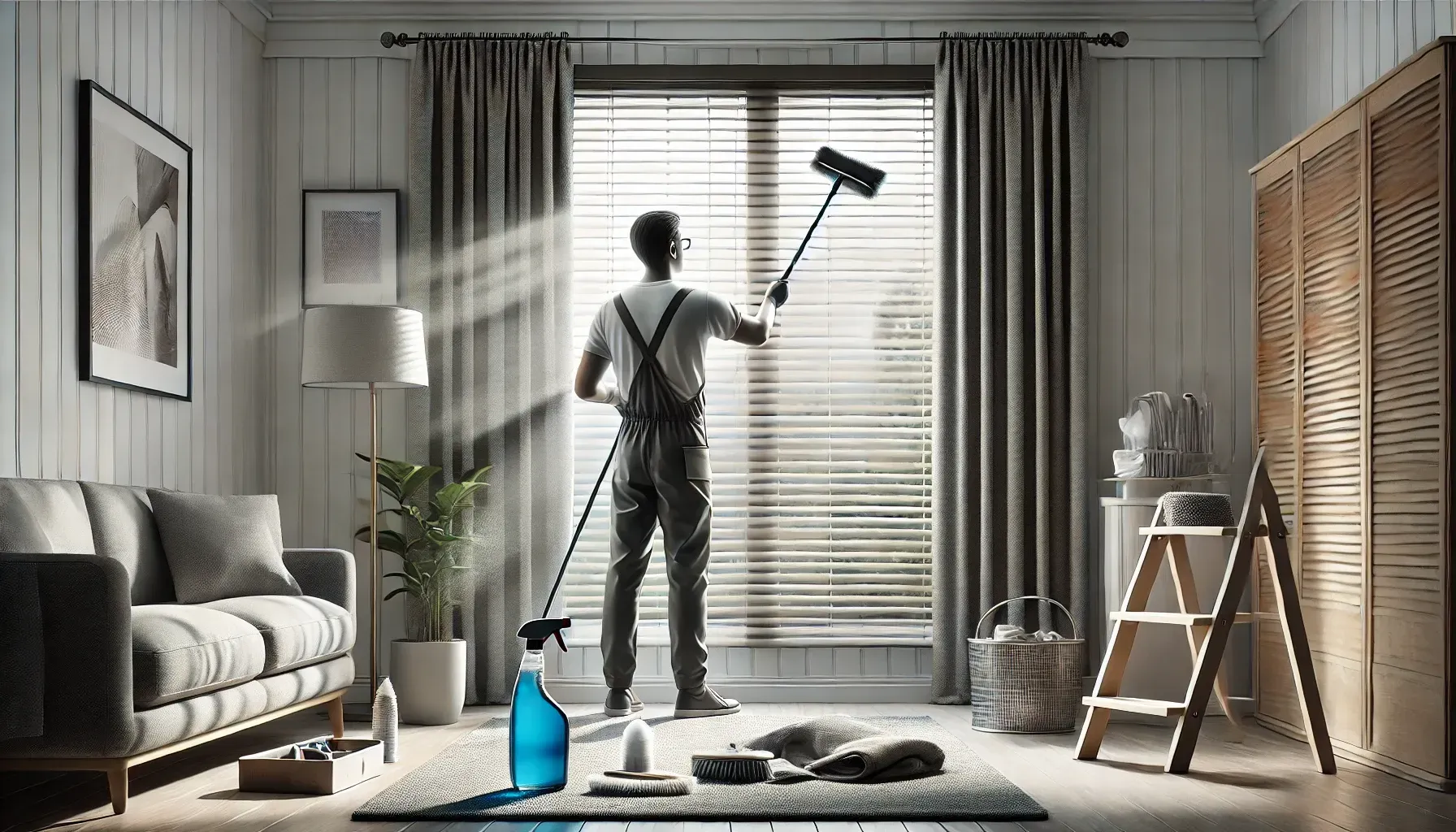
Regular cleaning and maintenance can prolong the lifespan of your window treatments. Dust and dirt accumulation can act as abrasive agents, accelerating wear and tear. Use fabric protectant sprays to create a barrier against UV rays and pollutants. Additionally, rotate or reposition your window treatments periodically to ensure even exposure.
Consider Window Orientation and Landscaping
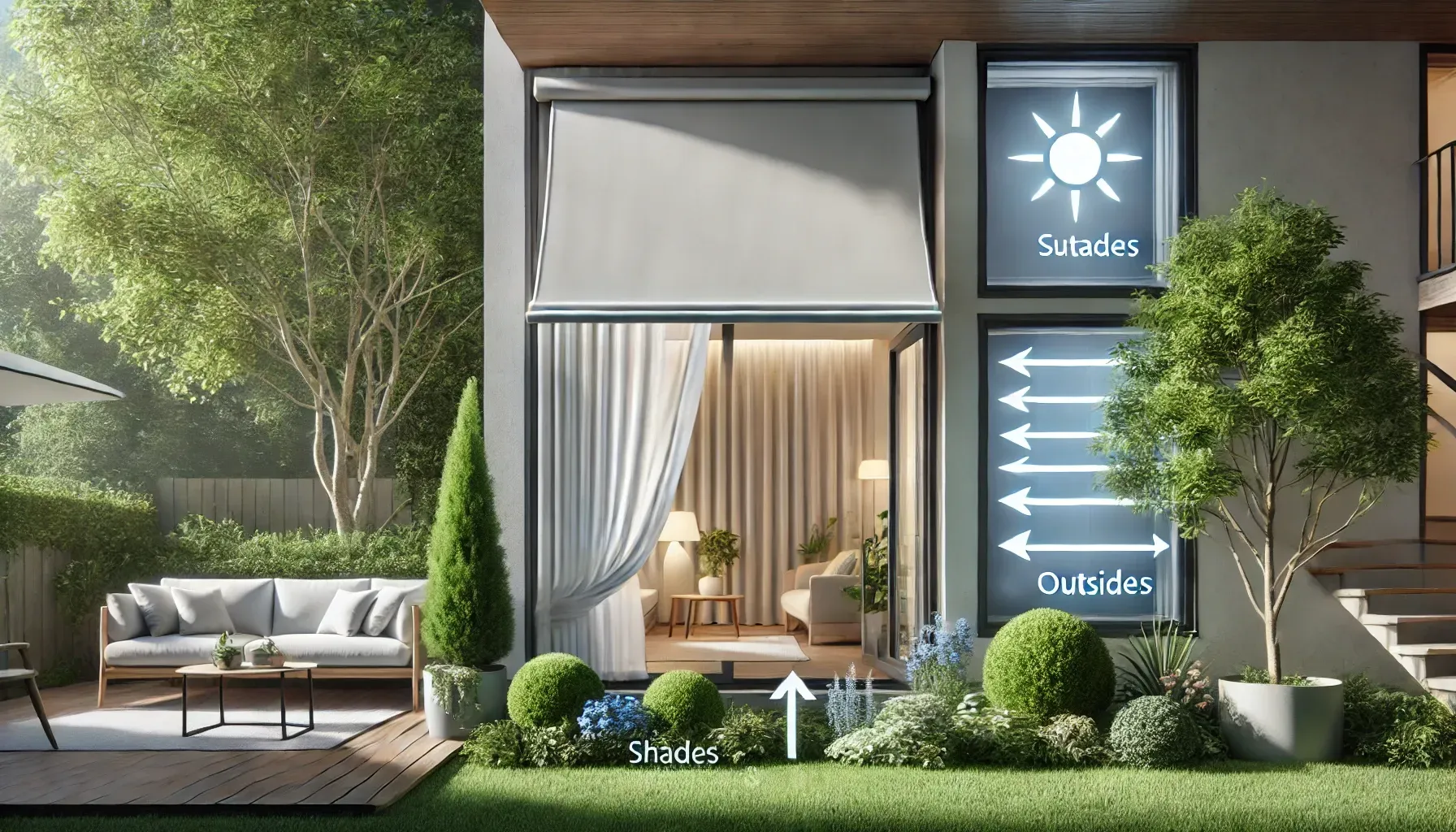
Strategic placement of window treatments based on window orientation can minimize direct sunlight exposure. Landscaping elements like awnings, trees, or shrubs outside your windows also act as natural shields, filtering sunlight before it reaches your interiors.
Choosing the Right Materials
Fade-Resistant Fabrics
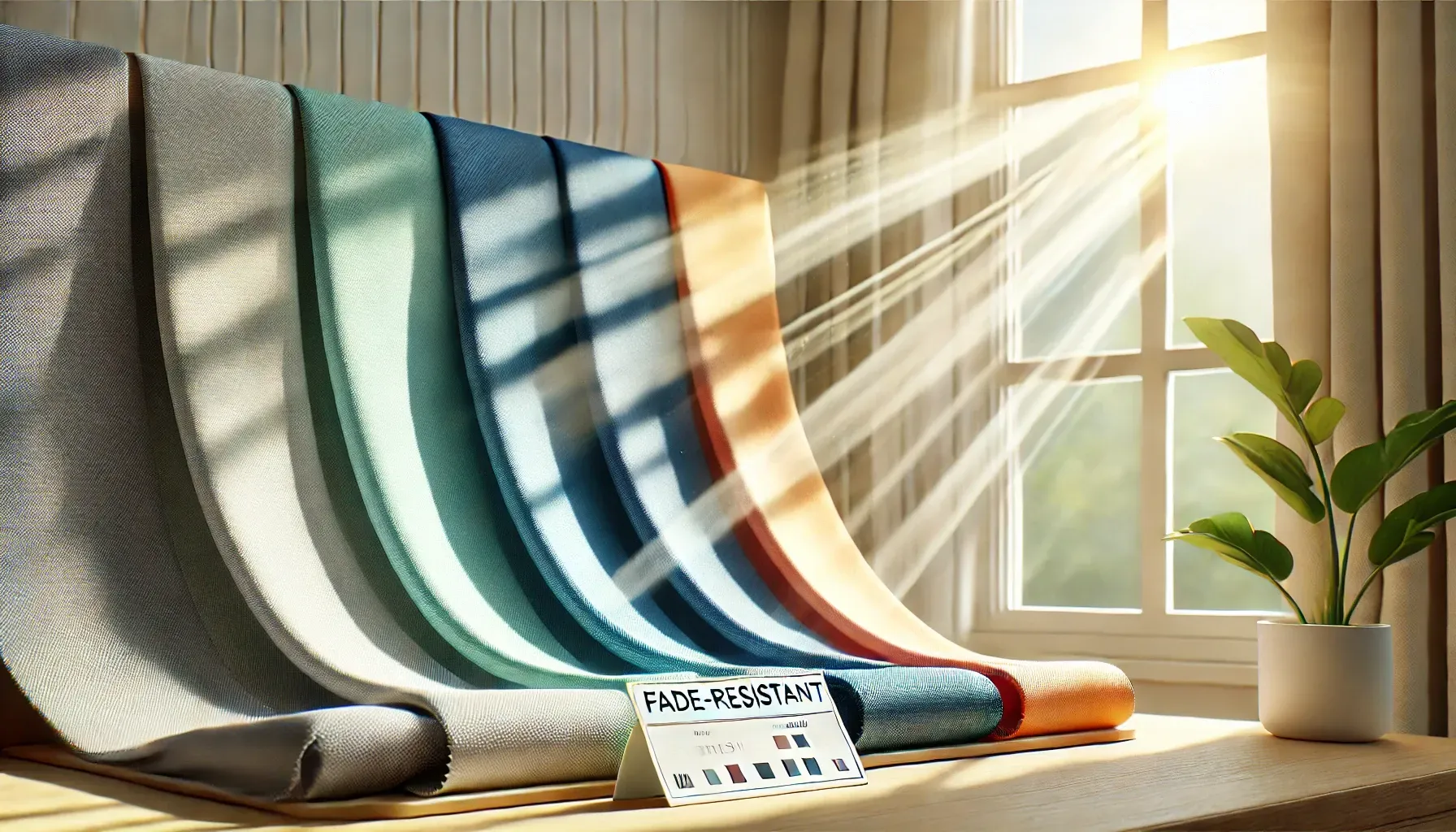
Opt for synthetic blends like polyester or acrylic, which are inherently more resistant to fading. These materials are designed to withstand prolonged exposure to sunlight without significant discoloration.
Lighter-Colored Materials
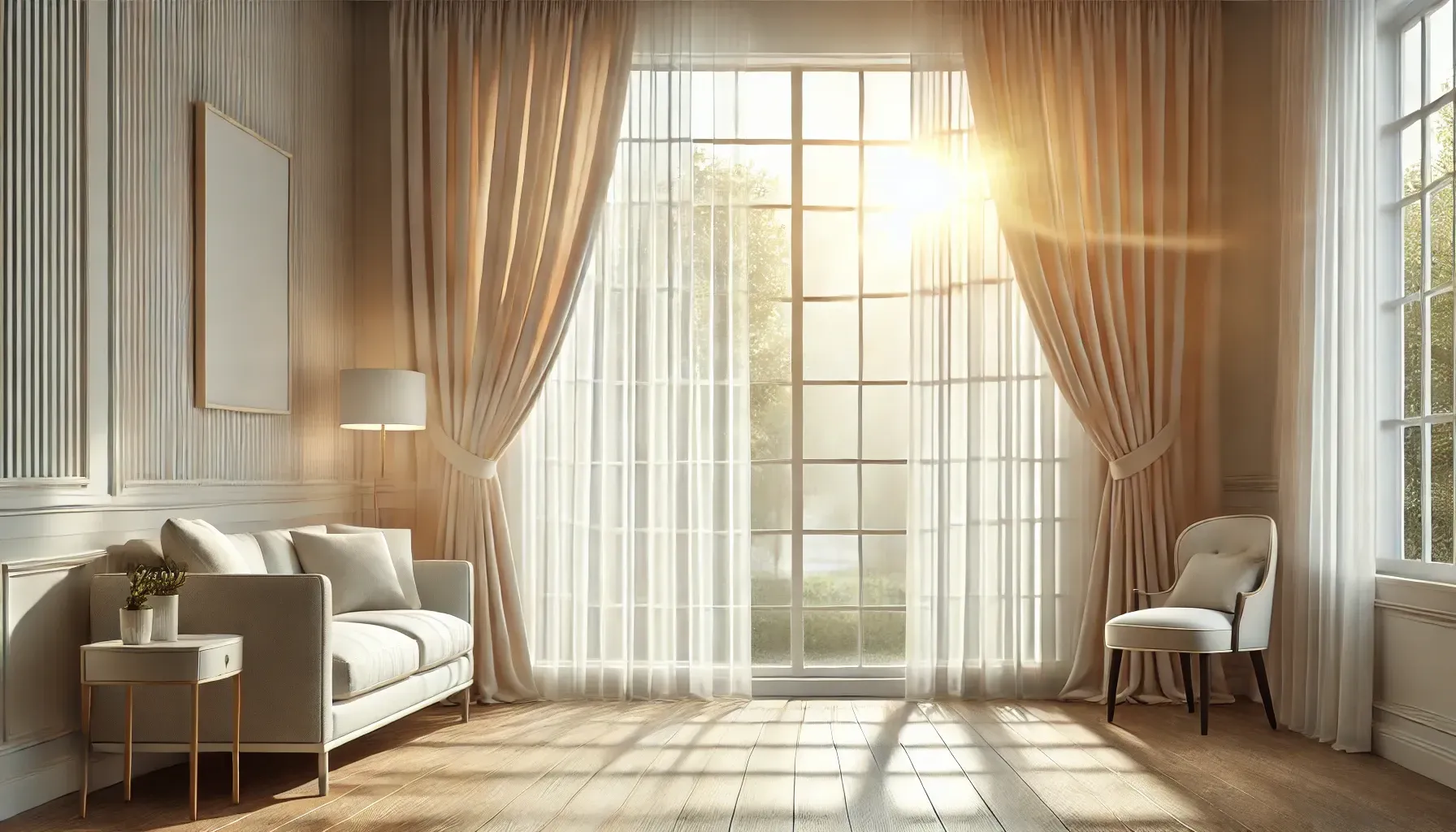
Lighter shades reflect sunlight rather than absorb it, reducing the risk of fading. Additionally, they maintain a fresh and airy appearance, perfect for brightening up spaces.
Additional Tips for Long-Lasting Window Treatments
Sheer Curtains
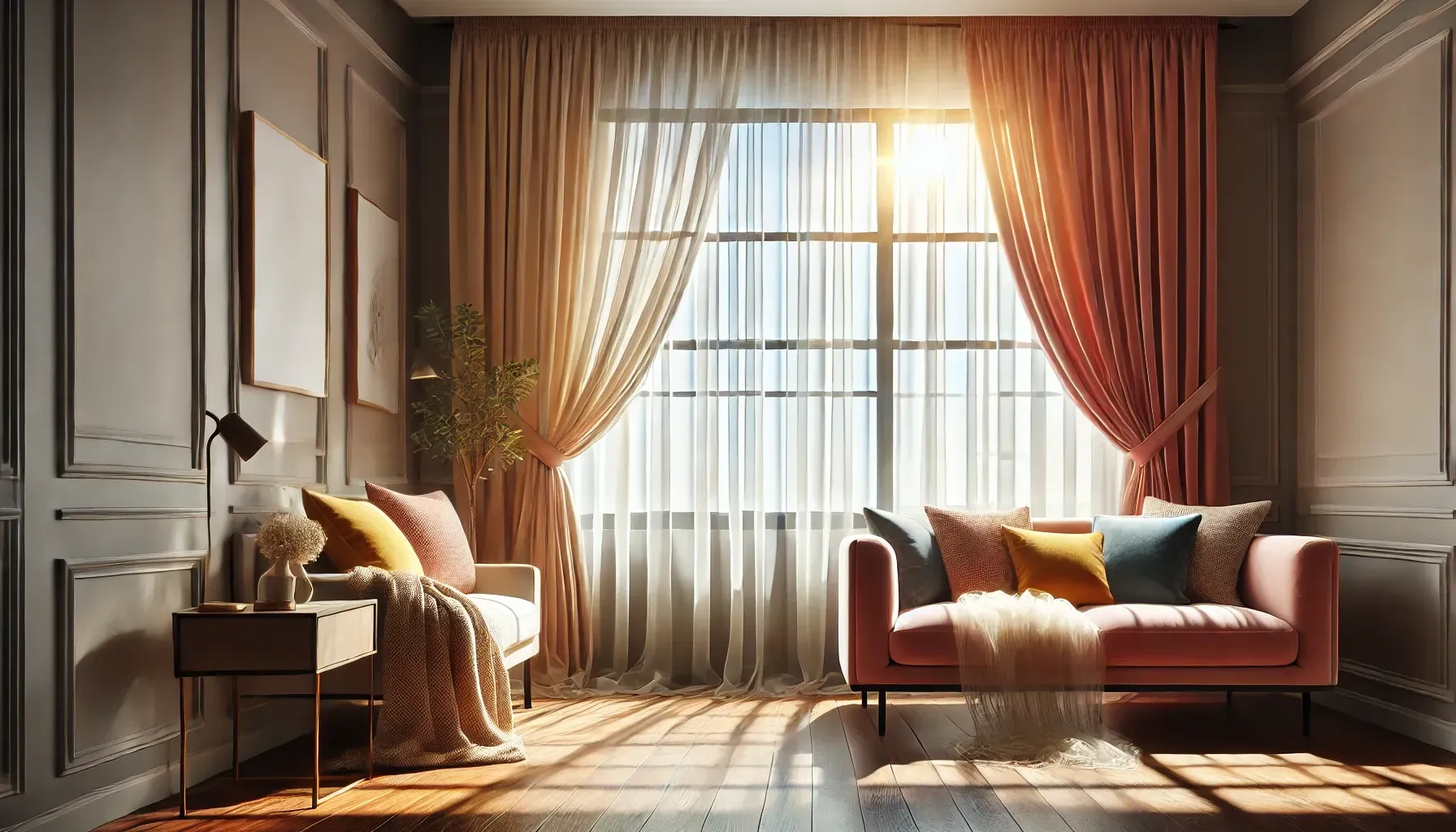
Using sheer curtains as an additional layer helps diffuse sunlight and minimize direct exposure. They’re an affordable and aesthetically pleasing way to protect your primary window treatments. Additionally, sheer curtains can help Protect Furniture with Sheer Curtains by reducing the amount of direct UV exposure that reaches sofas, rugs, and wooden surfaces.
Close Windows During Peak Sunlight Hours
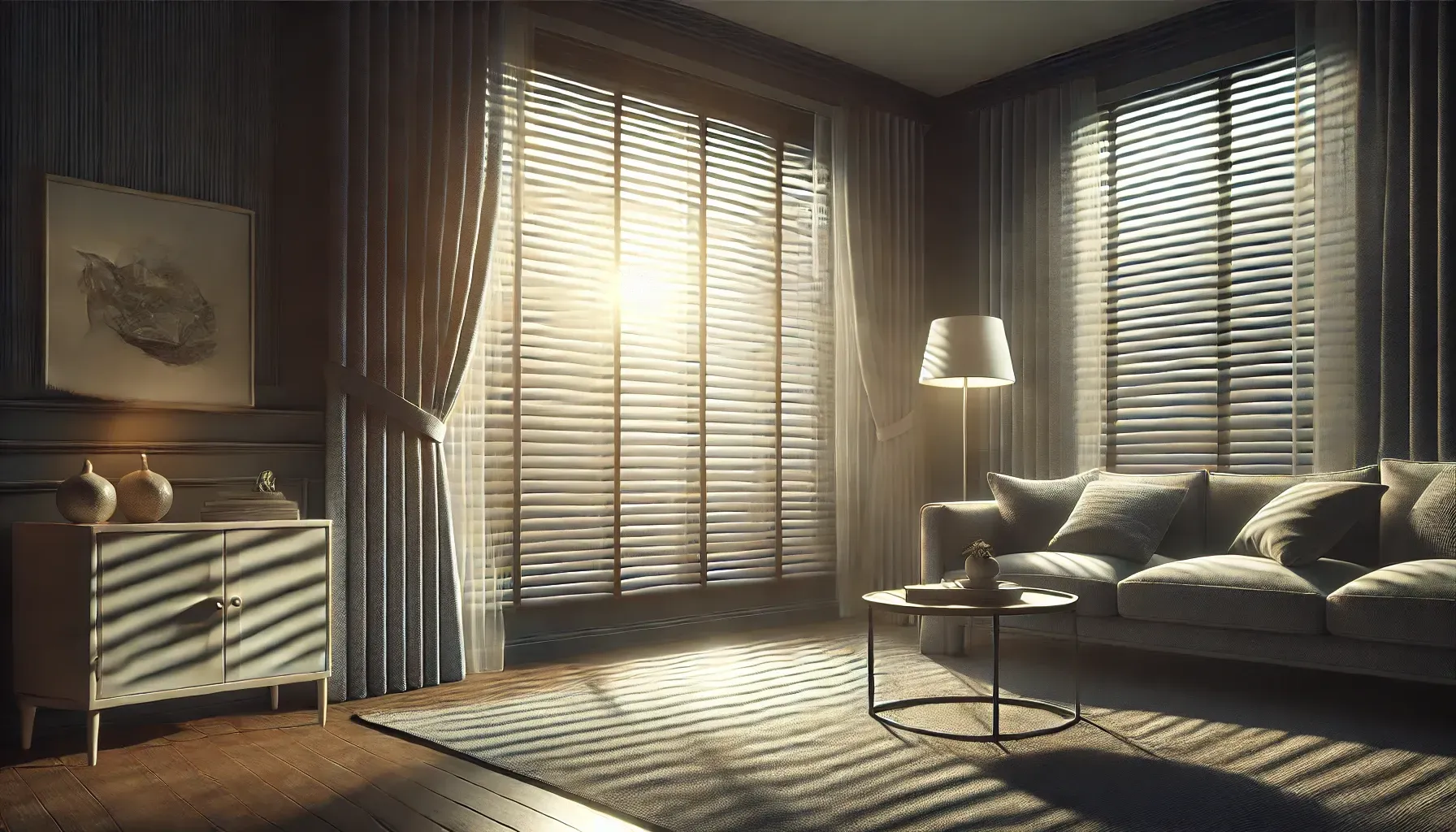
Closing your windows or blinds during the peak sunlight hours of the day can drastically reduce the impact of UV rays and heat on your window treatments.
Conclusion
Preventing your window treatments from fading requires a combination of strategic planning, protective measures, and regular maintenance. By investing in UV-blocking solutions, choosing the right materials, and implementing proactive care, you can preserve the beauty and functionality of your window treatments for years to come. Protect your home’s aesthetics and value by taking these simple yet effective steps today.

